Palpase Cafe: Fiction more real than fact
Nepal’s slide began with the beginning of the insurgency 10 years ago and it was after the royal massacre of 1 June 2001 that things really started hurtling out of control.
The person with a ringside seat to all this is Narayan Wagle, the journalist who rose up the ranks to become the chief editor of Kantipur. He taught himself English spending days at the British Council while the People’s Movement protests raged on the streets outside.
Unlike most of his laid-back peers, Narayan was never satisfied with reporting just on the corridors of power in the capital. He’d rather be trekking to remote corners of the country bringing stories of neglect and apathy to the notice of a government in faraway Kathmandu.
It helped that Narayan loved to travel and had a spirit of adventure instilled in him by his doting father. Growing up in Tanahu, Narayan was so fond of taking high dives to swim in the river that after he nearly drowned twice, his parents sold off their riverside property and moved to a farm up in the mountains just to take their son away from danger.
It was an idyllic home and Narayan has a gleam in his eye as he describes the mud and tile house at the edge of a rhododendron forest, terrace fields, a clear brook flowing through it and across the valley, the icy ramparts of the Annapurnas. Even as a child, he remembers the excitement of climbing hills to see what was on the other side. His most vivid memories are of holding his father’s hand as they walked across the mountains to attend melas several days away.
Narayan Wagle’s bylines will be familiar to the readers of Kantipur over the past 10 years and the datelines were usually of the most farflung places: Mugu, Bajura, Bajhang. As a fellow editor, I empathise with Narayan’s feeling of inadequacy about journalism’s capacity to provide a true picture of our nation’s trauma.
We wrestle with reportages, columns, editorials but somehow what isn’t getting through is the brutalisation of society by conflict. Nepal’s social fabric is being torn apart and all we are doing is reporting it with the journalism of detachment. So, Narayan has taken the courageous step of choosing the medium of a novel to get the real story across.
In all countries in the throes of a messy conflict, facts are often more dramatic than fiction. As journalists in Nepal, we feel that every story of a landmine killing children, abduction of students, young women disappeared by security forces is a heart-rending family tragedy. Unfortunately, by the time the deaths are reported the manner of their reporting turns them into statistics. We rarely see, hear or share the pain and personal loss of someone’s loved one.
Narayan Wagle’s first novel, Palpasa Caf?, is a fictionalised account of some actual events, the lives and deaths of ordinary Nepalis caught in the vice of war. In the first chapter, Narayan makes a cameo as himself, the editor of a paper in Kathmandu who hears of the abduction of a friend by soldiers.
That much is fact but in the next chapter Narayan turns his disappeared friend into an imaginary artist named Drishya and the rest of the book is his story told in the artist’s own voice. The author admits that much of what Drishya goes through are semi-autobiographical.
In the first chapter, Narayan Wagle the author and protagonist gives us a hint about why he is writing the book. As he takes dictation from a district reporter about another firefight in the mountains, he thinks: “Nothing new here. Every day it is the same. Tomorrow’s paper will be the same as this morning’s. The same stories of an army patrol being ambushed, suspected spy executed by Maoists, a bomb going off somewhere. We are just chroniclers of carnage.”
The storyline weaves the fragile and undeclared love between Drishya and Palpasa, a first-generation American Nepali who has returned to the land of her parents after being unable to take post-9/11 racism, into the artist’s reunion with his school friend, Siddhartha, who is now a guerrilla. Siddhartha comes to Kathmandu in the aftermath of the royal massacre to seek shelter in Drishya’s house, the two argue over whether the goals of revolution justify the means.
“How can you ever justify violence?” Drishya asks.
Siddhartha replies: “Without destroying you can’t build anew.”
“But people are dying,” Drishya pleads.
“The people don’t need peace, they need justice,” says his Maoist friend, “If there is justice there will be peace.”
“But you are carrying out injustices in the name of justice,” says Drishya one last time but it is clear the two can’t even agree to disagree.
Drishya travels to his home village to meet Siddhartha and finds it torn apart by war. They are all there in these pages: the atrocities, executions, disappearances and people caught in the crossfire that we read about every day in the newspapers. But because they happen to characters we now know intimately the incidents seem more real than the factual headlines.
That is the power of fiction. Not only is this novel as fresh as an open wound, the author’s imagination makes Nepal’s real unfolding tragedy come alive with raw urgency. The plot is rendered in non-linear style that is experimental in the world of Nepali fiction. Wagle’s Nepali is simple, colloquial and his voice is genuine and sincere. Drishya comes across sometimes as being unnecessarily abrasive, but Palpasa is an authentic diaspora daughter caught between love for her motherland and alienation from her adopted home.
Narayan Wagle’s book can be called an anti-war novel. It drags us to the edge and forces us to peer down at the abyss below. It is being released this weekend and is going to be talked about for a long time.


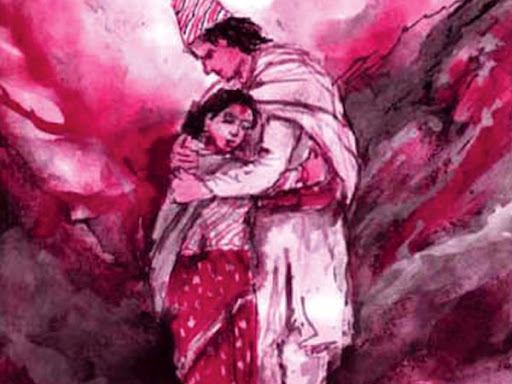
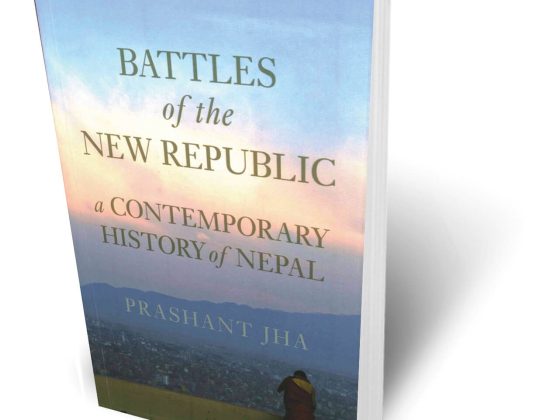
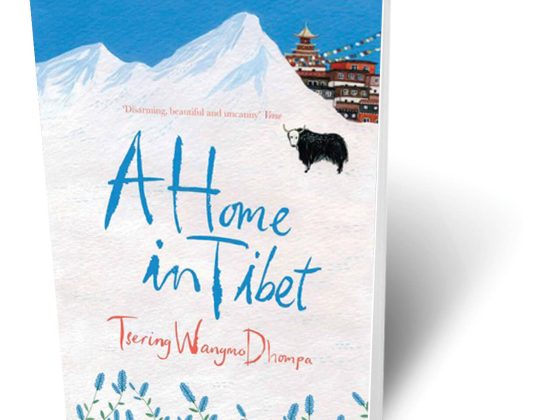
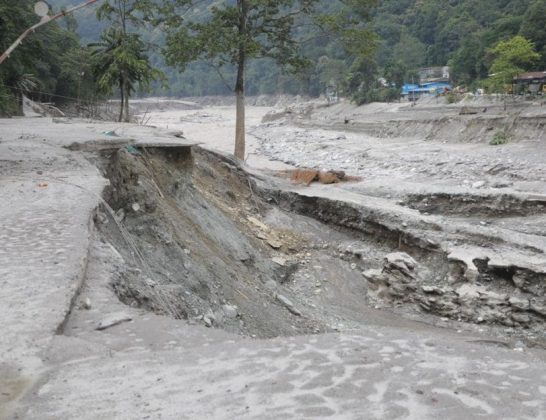
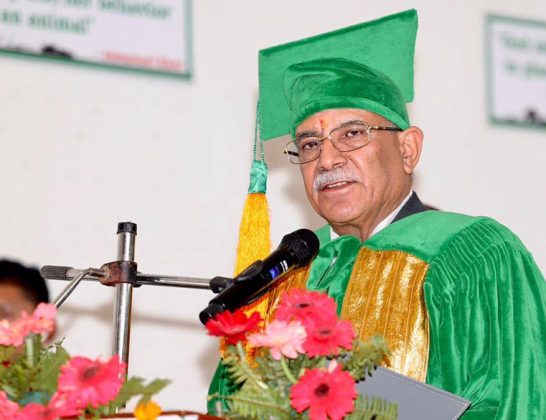


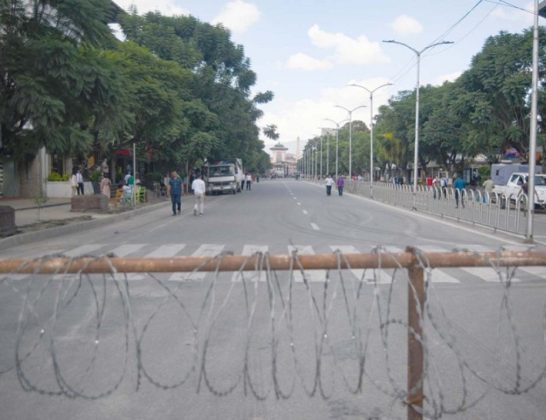

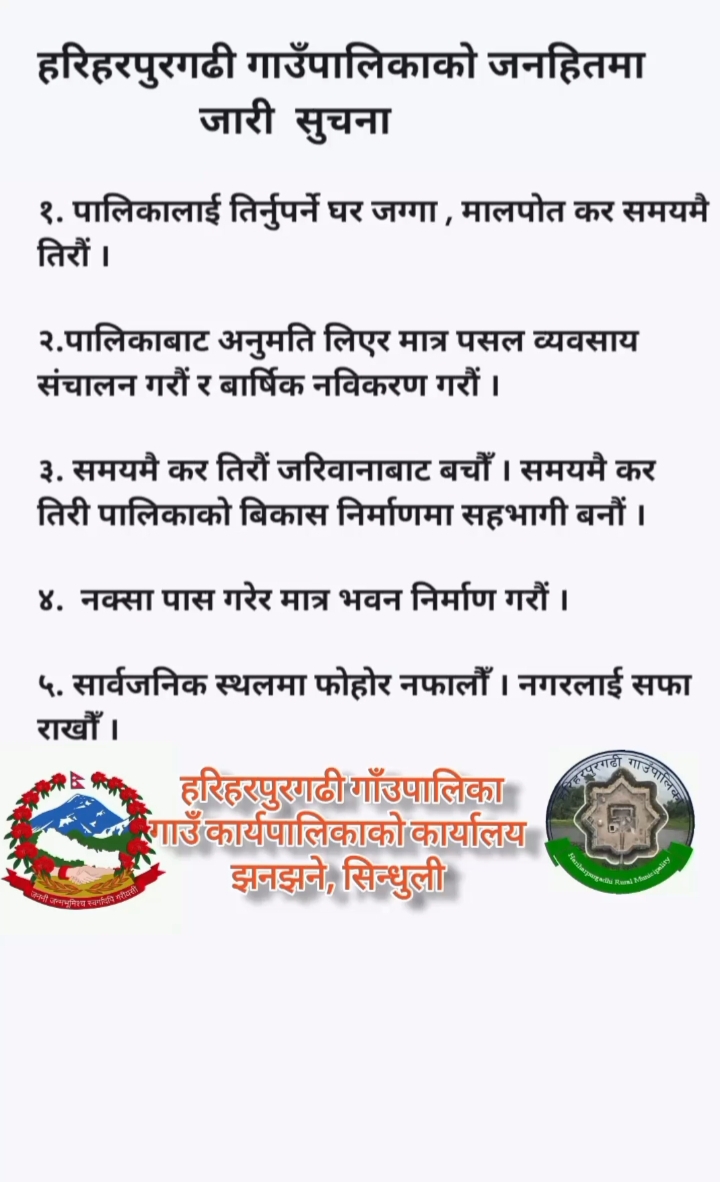
Comments